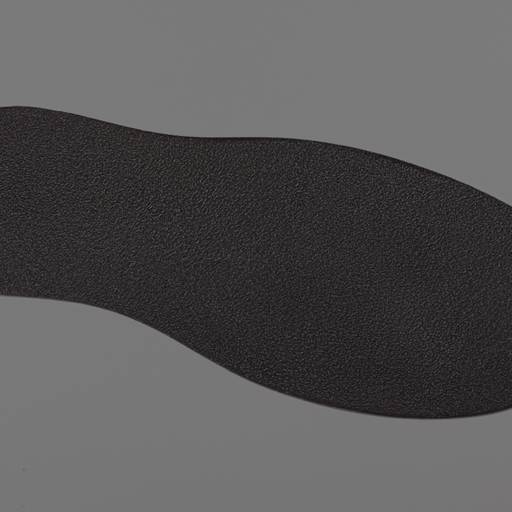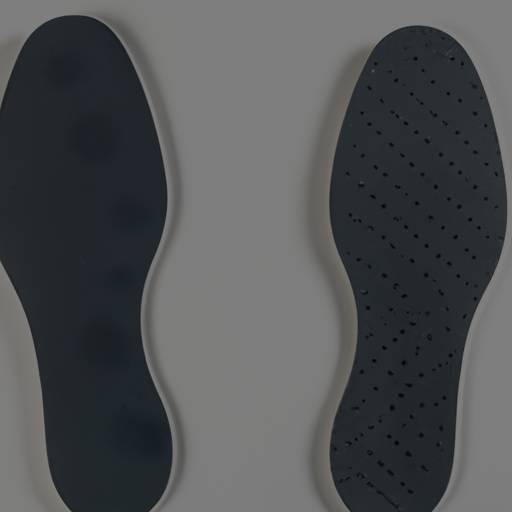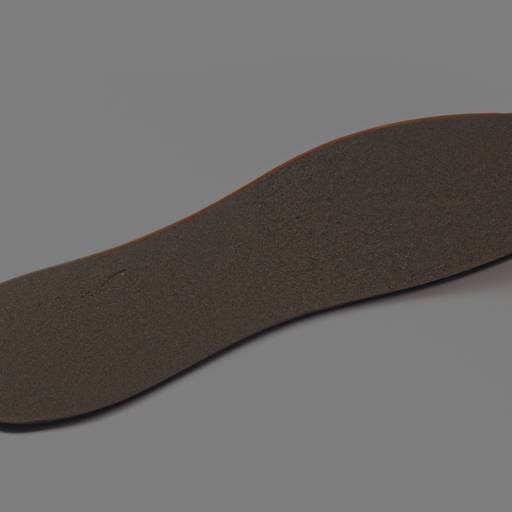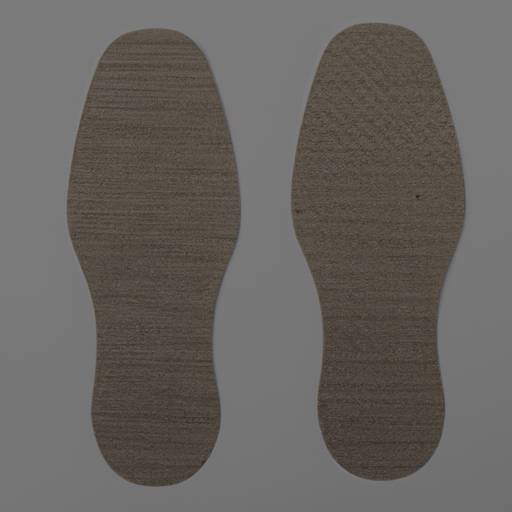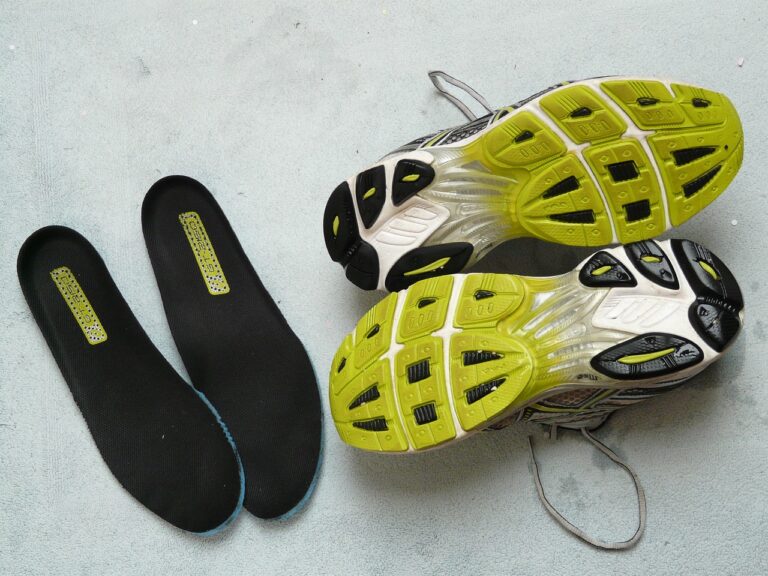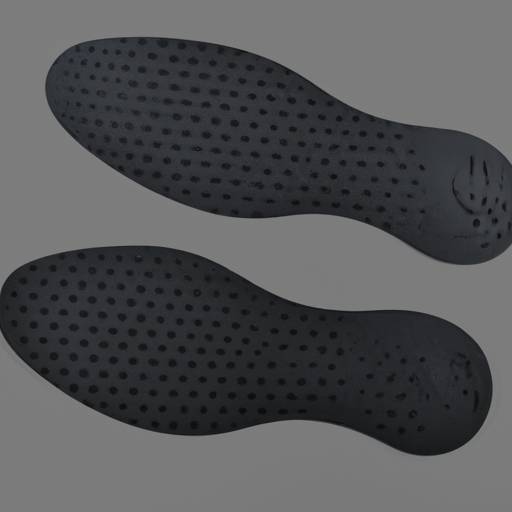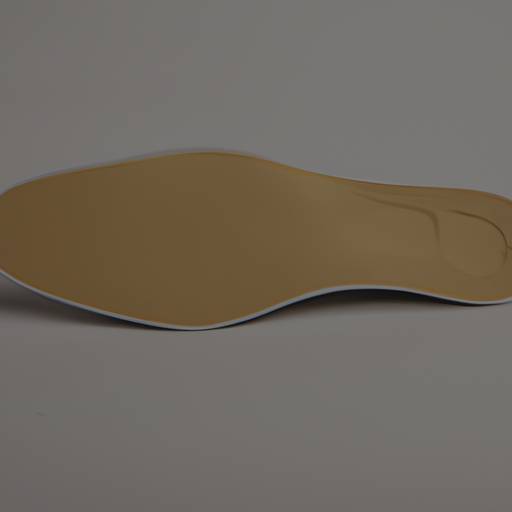Why Does My Foot Hurt? Understanding Arch Support in Memory Foam Insoles
The Mystery of Foot Pain
Foot pain can be a frustrating and uncomfortable experience, often leaving us wondering why our feet hurt. There are several common foot pain issues that many people encounter, such as plantar fasciitis, metatarsalgia, and arch pain. These conditions can make it difficult to walk, exercise, or simply go about daily activities without discomfort.
Insoles play a significant role in relieving foot pain and providing much-needed support. By understanding the basics of insoles and their impact on foot health, we can better address and alleviate the discomfort we may be experiencing.
Common Foot Pain Issues
Foot pain can manifest in various ways, ranging from a dull ache to sharp, shooting pain. Some of the most common foot pain issues include:
- Plantar Fasciitis: A condition characterized by inflammation of the plantar fascia, a band of tissue that connects the heel to the toes. It often causes intense pain in the heel or arch of the foot.
- Metatarsalgia: This condition leads to pain and inflammation in the ball of the foot, usually caused by excessive pressure on the metatarsal bones.
- Arch Pain: Arch pain can occur due to various reasons, such as flat feet, high arches, or overuse. It often results in discomfort in the arch area.
The Role of Insoles in Foot Pain Relief
Insoles, also known as shoe inserts or footbeds, are an effective solution for alleviating foot pain. They provide additional support and cushioning to the foot, helping to distribute pressure evenly and reduce discomfort. Insoles can be particularly beneficial for individuals who spend long hours on their feet, engage in physical activities, or have specific foot conditions.
One of the key functions of insoles is to address arch support. By providing the right amount of support to the arch of the foot, insoles can help correct alignment issues and reduce strain on the muscles and ligaments. This can greatly contribute to relieving foot pain and improving overall foot health.
Introduction to Arch Support
Arch support is a crucial aspect of foot health and plays a significant role in preventing and managing foot pain. The arch of the foot refers to the curved structure along the bottom of the foot, composed of bones, tendons, and ligaments. It acts as a shock absorber and provides stability during weight-bearing activities.
The arch of the foot can be categorized into three main types: low arch (flat feet), medium arch, and high arch. Each type requires different levels of support to maintain proper alignment and reduce the risk of foot pain. Understanding your arch type is essential when selecting the right insole for your needs.
In the following sections, we will delve deeper into the concept of arch support and explore the different types of insoles available to address specific arch types. By finding the right arch support for your feet, you can effectively alleviate foot pain and promote better overall foot health.
Understanding Arch Support
To understand the importance of arch support in memory foam insoles, it’s essential to first grasp the concept of the arch of the foot and its role in providing stability and balance. Arch support refers to the structural reinforcement provided to the arch area of the foot to maintain its natural alignment and prevent excessive strain.
What is the Arch of the Foot?
The arch of the foot is the curved structure formed by the bones, tendons, and ligaments that span the length of the foot between the heel and the ball. It acts as a shock absorber, distributing the weight and pressure exerted on the foot during activities like walking, running, and standing. The arch is composed of three main components:
- Medial longitudinal arch: This arch runs along the inner side of the foot, from the heel to the ball, and is the most prominent arch.
- Lateral longitudinal arch: This arch runs along the outer side of the foot, parallel to the medial arch.
- Transverse arch: This arch runs across the midfoot, perpendicular to the longitudinal arches.
The arch of the foot plays a crucial role in maintaining the foot’s structural integrity and facilitating proper biomechanics during movement.
Importance of Arch Support
Arch support is vital for individuals who experience foot pain or discomfort. It helps to alleviate common foot issues such as plantar fasciitis, flat feet, and overpronation. By providing reinforcement to the arch, memory foam insoles with arch support help to distribute the weight evenly across the foot, reducing strain on the arch and minimizing the risk of injury.
Furthermore, arch support promotes proper alignment of the foot and ankle, improving overall posture and stability. By maintaining the natural curvature of the arch, these insoles can help prevent excessive pronation or supination, which can lead to foot, ankle, knee, and even back pain.
How Arch Support Works
Memory foam insoles with arch support work by providing an additional layer of cushioning and structural support to the arch area of the foot. The memory foam material used in these insoles conforms to the unique shape of the foot, offering personalized comfort and pressure relief.
The arch support within memory foam insoles is designed to provide gentle compression and lift to the arch, thereby reducing strain on the surrounding muscles and ligaments. This support helps to maintain the natural alignment of the foot, preventing excessive flattening or collapsing of the arch.
By promoting proper foot biomechanics, memory foam insoles with arch support can help alleviate foot pain, enhance comfort, and improve overall foot health.
Understanding the role of arch support in memory foam insoles is crucial for individuals seeking relief from foot pain and discomfort. By choosing the right insole with adequate arch support, you can provide the necessary reinforcement to your arch, promoting proper alignment and reducing the risk of foot-related issues.
Benefits of Memory Foam Insoles
Memory foam insoles offer several benefits when it comes to providing comfort and support for your feet. Let’s explore some of the key advantages of using memory foam insoles: cushioning and comfort, pressure distribution, and impact absorption.
Cushioning and Comfort
Memory foam insoles are designed to provide exceptional cushioning and comfort for your feet. The unique properties of memory foam allow it to conform to the shape of your foot, providing personalized support and alleviating pressure points. As you walk or stand, the memory foam molds to the contours of your feet, offering a pleasant and supportive feel.
The cushioning effect of memory foam helps to absorb shock and reduce the impact of each step, making your walking or standing experience more comfortable. Additionally, memory foam insoles can help to reduce foot fatigue, making them ideal for individuals who spend long hours on their feet.
Pressure Distribution
One of the key benefits of memory foam insoles is their ability to distribute pressure evenly across your feet. This is especially beneficial for individuals who experience discomfort or pain in specific areas, such as the heels or balls of the feet. The memory foam material helps to disperse the pressure, reducing the strain on particular areas and promoting better overall foot health.
By providing proper pressure distribution, memory foam insoles can help alleviate the symptoms associated with conditions like plantar fasciitis and metatarsalgia. They can also help to prevent the formation of calluses and corns, which often develop due to excessive pressure on certain areas of the feet.
Impact Absorption
Memory foam insoles excel at absorbing the impact of each step, minimizing the strain on your feet, ankles, and joints. The material’s ability to absorb shock helps to reduce the stress on these areas, providing relief for individuals with conditions like arthritis or joint pain.
By absorbing the impact, memory foam insoles help to prevent the transmission of excessive force through your feet, thereby reducing the risk of injuries and promoting better foot health. The impact absorption provided by memory foam can also benefit those who engage in high-impact activities like running or jumping, where the joints and feet are subjected to increased stress.
Memory foam insoles offer a combination of comfort, pressure distribution, and impact absorption, making them a popular choice for individuals seeking relief from foot discomfort. However, it’s important to note that individual experiences may vary. If you have specific foot conditions or concerns, it’s always best to consult with a healthcare professional or a podiatrist to determine the most suitable solution for your needs.
Types of Arch Support in Memory Foam Insoles
When it comes to finding the right memory foam insole for your feet, arch support plays a crucial role in providing the necessary comfort and stability. Memory foam insoles are designed to conform to the shape of your feet, but different individuals have different arch types. Let’s explore the three main types of arch support available in memory foam insoles: low arch support, medium arch support, and high arch support.
Low Arch Support
If you have low arches, also known as flat feet, it means that your feet have minimal or no visible arch. This can lead to overpronation, where the foot rolls inward excessively during walking or running. To address this issue, memory foam insoles with low arch support are designed to provide extra cushioning and stability for the arch area. These insoles help to distribute the weight evenly across the foot and reduce the risk of common foot problems associated with flat feet.
Medium Arch Support
Having medium arches means that your feet have a moderate curvature, which is considered the ideal arch type. Individuals with medium arches generally have a balanced distribution of weight on their feet. Memory foam insoles with medium arch support are designed to provide gentle support and cushioning to maintain the natural alignment of the foot. These insoles help to reduce pressure points and provide added comfort for individuals with medium arches.
High Arch Support
If you have high arches, it means that your feet have a pronounced arch, causing more weight to be placed on the heel and ball of the foot. This can result in supination, where the foot rolls outward during walking or running. Memory foam insoles with high arch support are specifically designed to provide enhanced support and stability for individuals with high arches. These insoles help to distribute the weight more evenly across the foot and reduce the strain on the arch and other pressure points.
It’s important to note that the level of arch support required may vary from person to person, as everyone’s feet are unique. When selecting memory foam insoles, it’s advisable to assess your own arch type and choose the appropriate level of support to ensure optimal comfort and alignment. For more information on how to assess your arch type and find the right insole for you, refer to our article on how to pick insoles.
By understanding the different types of arch support available in memory foam insoles, you can make an informed decision based on your specific foot needs. Remember, the goal is to provide the right balance of support, cushioning, and comfort to alleviate foot pain and discomfort.
Finding the Right Arch Support for You
When it comes to choosing the right arch support for your feet, it’s important to consider your individual needs and foot type. Assessing your arch type, selecting the right insole, and considering other factors can help provide the optimal support and comfort for your feet.
Assessing Your Arch Type
To determine your arch type, you can perform a simple test at home. Wet the soles of your feet and stand on a piece of paper or a flat surface. Examine the imprint left behind to identify your arch type:
- Low Arch: If your footprint shows almost the entire sole of your foot, including the arch area, you have a low arch or flat feet.
- Medium Arch: If your footprint shows a moderate curve along the inside of your foot, you have a medium arch.
- High Arch: If your footprint shows a distinct curve along the inside of your foot with a narrow band connecting the heel and ball of the foot, you have a high arch.
Identifying your arch type will help you understand the level of support your feet require. For individuals with low arches, high arch support insoles can provide the necessary stability. Those with medium or high arches may benefit from medium arch support insoles, while individuals with high arches may find low arch support insoles more suitable.
Choosing the Right Insole
Once you have determined your arch type, it’s time to choose the right insole. When selecting an insole, consider the following factors:
- Arch Support Level: Look for insoles specifically designed to provide support for your arch type. These insoles are designed to help align your feet properly and reduce discomfort.
- Cushioning: Opt for memory foam insoles with adequate cushioning to provide comfort and absorb shock during walking or running.
- Size and Fit: Ensure that the insole is the correct size for your shoe and fits comfortably inside. Insoles that are too big or small can cause discomfort and compromise their effectiveness.
- Material: Choose a high-quality memory foam insole that is durable and breathable, allowing for proper air circulation to keep your feet cool and dry.
Remember that the right insole can make a significant difference in providing the necessary arch support and alleviating foot pain. For further guidance on choosing the best insole for your needs, check out our article on best arch support insoles.
Other Considerations for Foot Pain Relief
While arch support insoles can be beneficial, it’s essential to incorporate other measures for comprehensive foot pain relief. Consider the following:
- Proper Footwear: Choose shoes that offer good arch support, cushioning, and a comfortable fit. Look for brands recommended by podiatrists for optimal foot health.
- Foot-Strengthening Exercises: Perform exercises that target the muscles in your feet and ankles to improve strength and stability.
- Rest and Recovery: Give your feet regular breaks and elevate them to reduce swelling and relieve pressure.
- Healthy Footwear Habits: Avoid wearing high heels or ill-fitting shoes for extended periods. Opt for shoes that provide ample toe room and allow your feet to move naturally.
- Professional Advice: If you experience persistent foot pain or discomfort, consult with a healthcare professional or podiatrist for a thorough evaluation and personalized recommendations.
By assessing your arch type, choosing the appropriate insole, and considering additional foot pain relief measures, you can find the right support for your feet. Taking care of your feet is crucial for overall comfort and well-being, so don’t hesitate to explore the options available to you.

